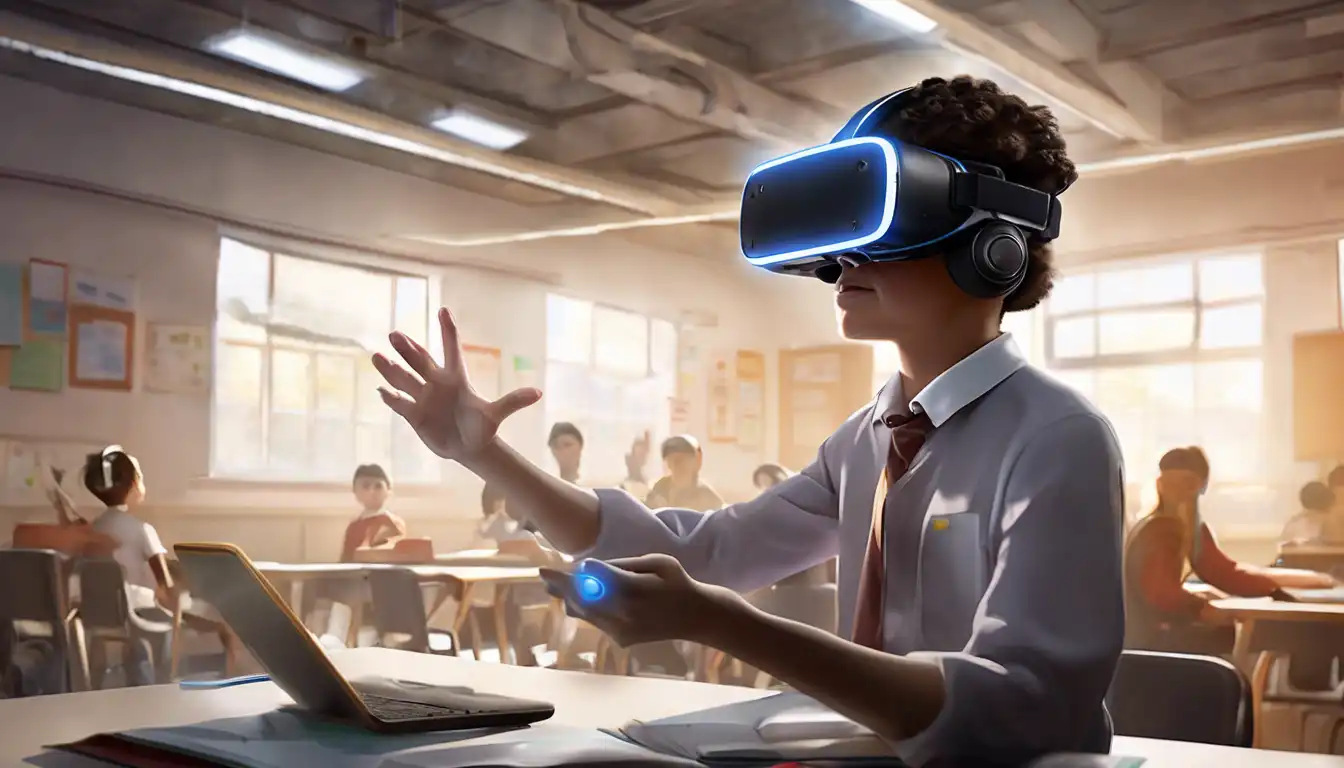The Transformative Impact of Virtual Reality on Learning and Skill Development
Virtual Reality (VR) technology has rapidly evolved from a futuristic concept into a practical tool in various sectors, notably in education and training. By creating immersive, interactive environments, VR offers unparalleled opportunities for experiential learning, making it a game-changer in how knowledge is acquired and skills are developed.
Why VR in Education?
VR in education transcends traditional learning boundaries by providing students with immersive experiences that were previously unimaginable. From virtual field trips to historical sites to exploring the human body in 3D, VR makes learning more engaging and effective. Studies have shown that VR can enhance retention rates by enabling learners to visualize and interact with complex concepts.
VR in Professional Training
Beyond the classroom, VR is revolutionizing professional training across industries. For instance, medical students can perform virtual surgeries, offering a risk-free environment to hone their skills. Similarly, VR is used in aviation for flight simulations, providing pilots with realistic training scenarios without the associated costs and risks of real-life training.
The Benefits of VR in Learning
- Enhanced Engagement: VR's immersive nature captures learners' attention, making education more interactive and enjoyable.
- Safe Learning Environment: VR allows for the simulation of dangerous or expensive scenarios without real-world risks.
- Accessibility: With VR, learners can access experiences and locations that would otherwise be out of reach due to geographical or financial constraints.
- Customizable Learning Experiences: VR can be tailored to meet individual learning styles and paces, offering personalized education solutions.
Challenges and Considerations
Despite its potential, the integration of VR in education and training faces challenges. The cost of VR equipment and the need for technical support can be prohibitive for some institutions. Additionally, there's a learning curve associated with using VR technology, requiring both educators and students to acquire new skills.
The Future of VR in Education and Training
As VR technology becomes more affordable and accessible, its adoption in education and training is expected to grow. Innovations in VR content and hardware will further enhance its effectiveness as a learning tool. The potential for VR to transform education and training is immense, offering exciting possibilities for the future of learning.
For more insights into the latest trends in educational technology, explore our tech trends section. Additionally, discover how e-learning platforms are incorporating VR to provide immersive learning experiences.
